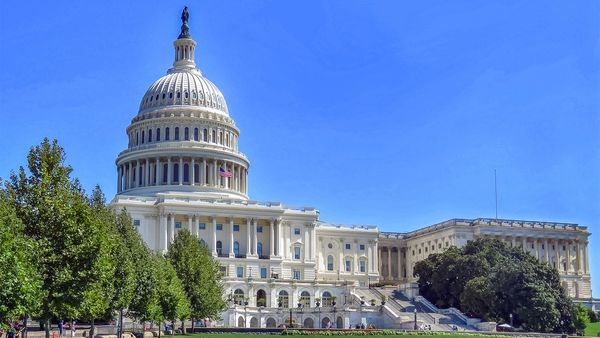
It didn’t take long for the “wage price spiral” chorus to start. About two hours after the Australian Bureau of Statistics (ABS) released wages data for the December quarter, Innes Willox of the Australian Industry Group declared that the reported 0.9% quarterly increase in the wage price index was unsustainably high and “the thin end of a very damaging wedge”.
Worse still, “the very large wage increases emerging in particular areas of the economy present additional concerns over the direction of wages under the government’s new workplace relations arrangements”.
If only, Innes, if only. Perhaps his team was misled by the media coverage that emphasised that the annual increase of 4.2% was the highest since March 2009. In fact, overall wages growth fell back from the artificially high September 2023 quarter to the same level it was in March last year. Private sector wages fell back to the same level that, apart from the September 2023 quarter, they’ve broadly grown at since mid-2022: they’ve grown at 0.9% every quarter since June 2022 apart from September 2022 (1%) and September last year.
The only reason for the strong number was because public sector pay is finally going up. Normally, public sector wages growth amounts to 10-25% of overall wages growth. In the December quarter, it was 34%.
Perhaps former Reserve Bank governor Philip Lowe can take solace in retirement knowing that governments finally heeded his calls from 2018 to lift wages by removing public sector wages caps.
As for Willox’s warnings about “very large wage increases emerging in particular areas of the economy”, where were they? Well, the fastest growing sector in December was education and training, where wages rose 1.7% in what the ABS called “out-of-cycle increases paid to jobs covered by enterprise agreements linked to public sector wage outcomes across both sectors”.
Equal second in the quarter and highest for the year overall (5.5%) was health and social assistance. Again, a sector strongly dominated by the public sector — and like education and training, a strongly feminised workforce. These two sectors together account for nearly one quarter of all workers in Australia.
This isn’t the first time government policies have played a role in boosting wages growth. A substantial part of previous increases in WPI came from the significant increase in aged care workers’ remuneration by the Fair Work Commission, which the federal government agreed to fund.
Despite the dire warnings from business, getting wages growth to 4% — twice the levels plumbed during the Coalition years — has relied on major public sector interventions. Private sector wages growth has improved, reflecting a continuing tight labour market, but eking out a wage rise 0.1% higher than annual inflation hardly suggests a 1980s-style wages explosion.
The nightmare scenario being conjured by Willox is, sadly for private sector workers, still a long way off.







